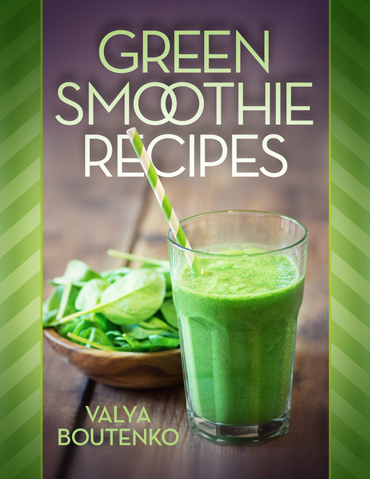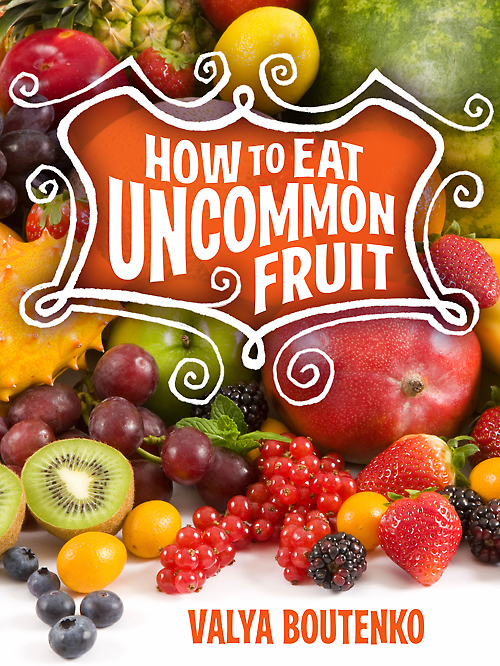Staying Cool in the Summer
Have you noticed that during the hot season it is sometimes harder to concentrate? Our thyroid gland plays a major role in regulating the temperature of our bodies. When we are exposed to extreme heat for prolonged periods of time, our thyroid gets overworked. All hormonal glands are interconnected. For example, the adrenal gland cannot function fully if the thyroid gland is tired. As a result, we experience a lack of energy and difficulty concentrating. This is why it is a good idea to work around the heat and to find ways to cool down.
The summers in Oregon are very hot. It is not uncommon for the temperature to reach above 100 degrees Fahrenheit. I like to stay cool by taking dunks in a giant plastic horse trough of cold water that I placed on the back porch of my house. While I am working I often take a break from writing and go jump in the cool water. This cools me off for much longer than a cold shower, and requires less courage to jump into.
I also try to catch the cooler hours of the day. I wake up early, and enjoy the morning hours. I type on my laptop on my deck until it gets too hot, at 9am! Then I go to the basement and continue working there until 11pm.
I have noticed that reducing the consumption of fats greatly aids in tolerating the heat. During these hot weeks of summer I try to consume less oils, nuts, and avocados. At the same time, I like to enjoy organic seeded watermelon almost every day. I would like to emphasize here that seeded watermelons are better for our health than seedless watermelons. In one study conducted at Harvard University, researchers discovered that seeded fruits have longevity genes, while the seedless varieties possess fast-aging genes. It is as if the seedless watermelon decides that its nutritional content has been so altered that the plant chooses to commit suicide by not producing seeds. Subsequently, when we consume seedless fruits, we consume fast-aging genes. I prefer to consume longevity genes.
In the summer, the ingredients of my green smoothies change also. My smoothies have become less thick. Instead of using apples, pears and bananas, I tend to include juicier fruits such as oranges, grapefruits, pineapples, grapes, and melons. I also like to use more tangy greens such as mint or basil. Keeping in mind that wild edible plants are mostly available only in the spring and summer, I almost never add kale, chard, spinach, or any other store bought greens into my smoothies, reserving those greens for the wintertime. I am thrilled that our Ashland Co-op now offers purslane and our local grower’s market offers a variety of weeds, including lambsquarters and sorrel. I also add young grape leaves, pumpkin and zucchini leaves, plantain, dandelion, and stinging nettles into my summer smoothies. Stinging nettles are my favorite. They cease to sting as soon as they are crushed, and they are delicious when they are blended. Please be extremely cautious and ask a specialist to identify wild edibles for you before using them.
My father was an herbalist, and he always encouraged me to grab a handful of bright green Douglas fir tips and eat them in the summer. Today my family enjoys their zingy taste and it seems like they give a boost of energy right away. We don’t put a lot of these fir tips, maybe 10-one-inch pieces per blender. Yesterday I was able to locate a book about the healing properties of fir trees of America. I will continue my research and hopefully will be able to include several recipes with Douglas fir leaves in the near future.
I receive over 100 emails daily, most of which are compliments to green smoothies. However, I am concerned that I have not been able to sufficiently emphasize the importance of rotating greens in one’s diet. I see from the feedback I receive that most people keep using merely a couple of different greens, and sometimes only one green, for weeks and months on end. I predict that this lack of variety will eventually lead to becoming tired of the same taste and discontinuing the consumption of green smoothies for good. At the same time I believe more and more that green smoothies are the most essential food for humans. Everyone in my family drinks at least one quart per day.
I have been drinking green smoothies on a regular basis for two years now, and I am committed to continue until the last day of my life. Often I hear people say that they are too busy and cannot find a wide enough variety of greens outside of the produce section. I would like to address these complaints by saying: I strongly believe that without consuming a sufficient amount of greens, humans cannot enjoy optimal health. Fresh greens blended with fruit are the freshest and most enjoyable way to consume the necessary quantity of greens. Please recognize the strong link between greens and human health; and realize that it doesn’t take that much effort to contact local farmers who know all of the wild edibles by heart and are usually happy to share their knowledge.
Chimpanzees eat on average a variety of 117 different greens per year. We have only about 30 available to us from the best produce markets. I believe that at one time humans were aware of many more edible greens. In the book by Leo Tolstoy, War And Peace, one character says “a peasant is not hungry when he is out of bread, but when he is out of lambsquarters.” Together we can identify the most delicious edible plants and return them to our daily menus, where they surely belong. In this blog post I shared some of my summer experiences and also addressed some of the most frequently asked questions. I will continue answering your questions in later blog posts. For now, I feel that it is time for me to take a dip in the magic horse trough.
Comments are closed












































